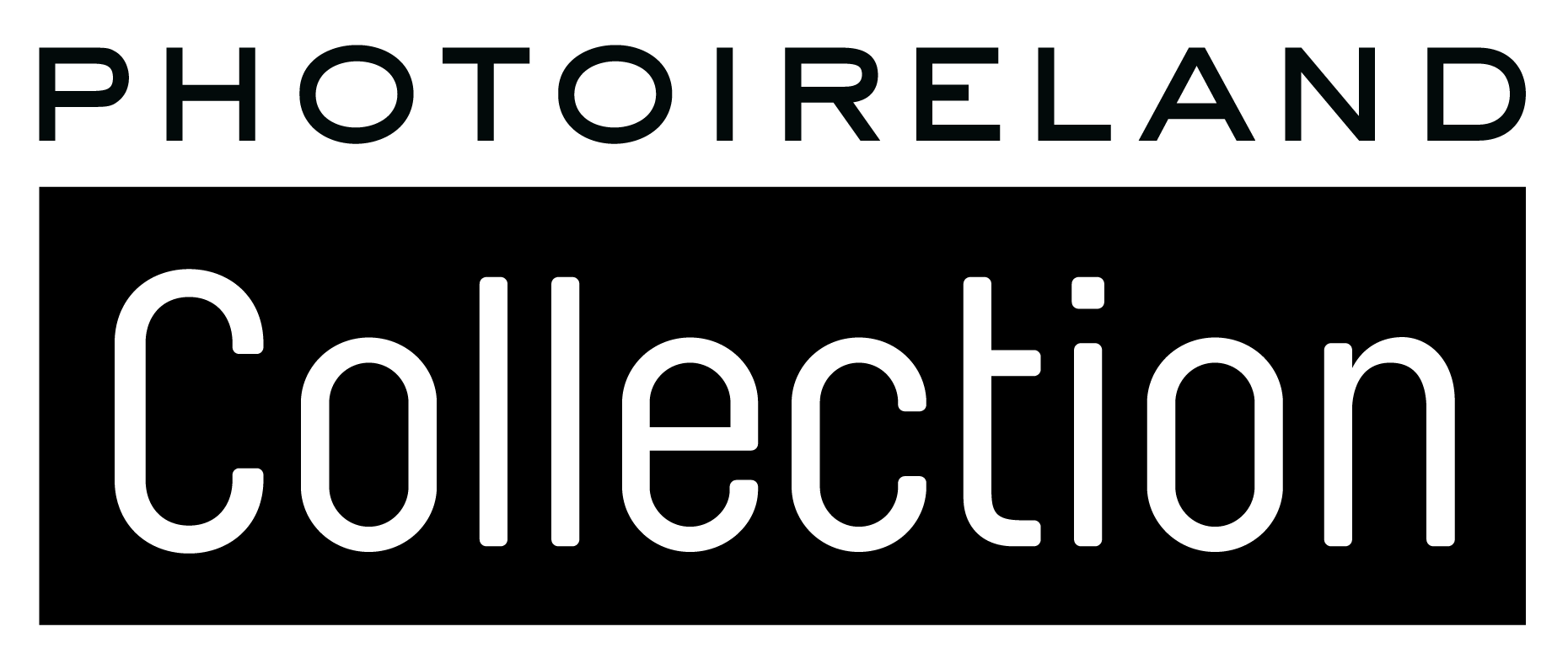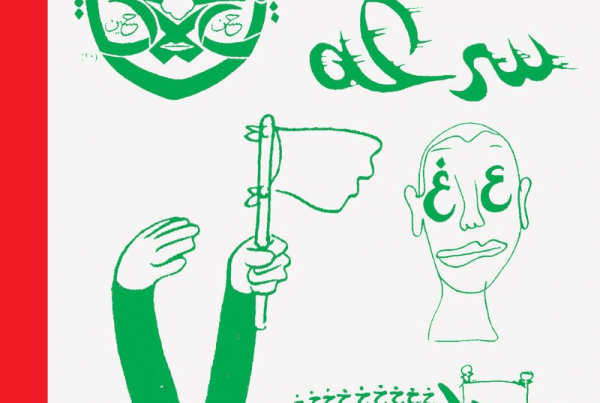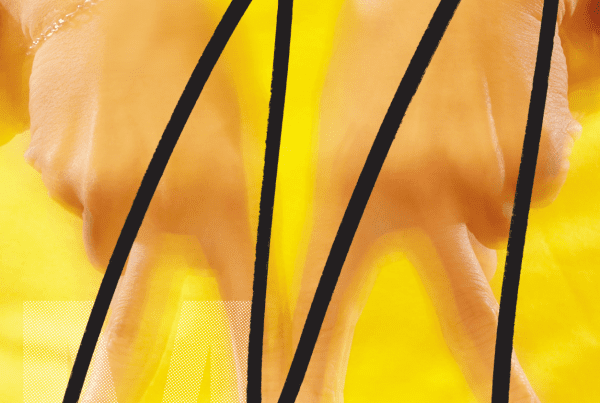
 Photopaper
Photopaper
Issue 29 / 30
On This Day
Thomas Sauvin, Klara Källström and Thobias Fäldt.
Kasseler Fotografie Festival
English
Text by Johannes Wahlström.
Softcover
32 Pages
210 x 290 mm
2018
ISBN Not Available
As long as it is not interfered with, supply and demand is a self-regulating relationship that creates balance. That is the simple idea of liberal market economies. But, in financial transactions between producers and consumers, or sellers and buyers, there are sometimes costs that are not calculated into monetary exchanges. These are known as negative externalities.
When you purchase a garment in a store, neither you nor the store pay for the pollution of rivers, stemming from cotton production or fabric treatment. Neither you nor the store pay for cleaning up the generated waste once the garment has been disposed of. Nor do either of you pay for the depletion of natural resources needed for production and transportation, or the cost of educating skilled labour. These, and many other examples of negative externality have a common denominator: privatization of profit and collectivization of costs.
Since that which is not private is often unregulated in the market economy, it is either non-existent or considered to be inherently free to be exploited. Proponents of free market economy see the problem of negative externality as a sign of insufficient freedom of the market. Issues of deforestation, water and air pollution and a general destruction of the biosphere can according to this argument be solved if all of the above are internalized into the economy and given a monetary value. If everything is private, the argument goes, then nothing can be free. If nothing is free, then nothing can be negatively externalized. Since neither our lives nor our future have a price, they are therefore free to be negatively externalized. The same goes for our history.
Much like libraries of the past, search engines are the arbiters of knowledge in the digital world, albeit functioning in a free market economy. In order to generate profit from our search for information, these engines have created a set of algorithms that per definition feed audiences with the lowest common denominator of relevance for the greatest amount of people. Paired with a self-perpetuating reinforcement. Or another way of putting it: different people can be interested in different information, but if cats are universally appealing, cats will be prominently displayed. And if there is a demand for cats, algorithms will provide with even more cats. This is the equivalent of food stores displaying candy in the most prominent shelves, expanding into other sections, and gradually replacing all other goods as the most appealing, self-reinforced, lowest common denominator amongst consumers.
While the transaction between ourselves and the arbiters of knowledge provide us with access to free information, and hefty profits for the arbiters, history bares the cost of negative externality.
But if there is no collective history, then our private knowledge of history cannot be negatively externalized. Or to paraphrase a quote without its historic recollection: no history, no problem.
(source: https://photopaper.world/portfolio-item/29-30-thomas-sauvin/)
About the Artist
Klara Källström and Thobias Fäldt have been working together since 2005 and are based in Sweden. Grounded in the medium of photography, their work focuses on the production of knowledge, exploring media issues, historical narratives, and the depiction and perception of political events. Over the years, Källström and Fäldt have produced a number of works relating to places undergoing paradigmatic changes; they seek to activate historical layers and notions of uncertainty and chance in order to draw attention to the gap between what is visible and what is told.
kk-tf.com
(source: https://kk-tf.com/bio/)
About the Journal
PHOTOPAPER is a new kind of monographic photo publication with a continuously changing editorial team of international experts. These guest editors name photographers or photographic projects which they would like to present to an international public. PHOTOPAPER features this work in single monographic issues of 16 or 32 pages. The main idea is to make high-quality printed photographic work accessible to as many people as possible by producing the final publication at a reasonable price. Therefore, the production process is reduced to a minimum while at the same time using high-end printing technology and a nice paper. Published on a quarterly basis.
photopaper.world
(source: https://photopaper.world/about/)
About the Publisher
The Fotobookfestival Kassel is a charitable foundation that has been engaged with the artistic medium of the photobook and has presented it in all its facets, since 2008, in a festival program of international standing. The annual festival shows works by renowned artists and promotes established and emerging talents, publishers, designers, printers, curators and booksellers on an international platform. It was the first festival of its kind dedicated to the photographic book and has founded two novel book awards: The KASSEL DUMMY AWARD for the best photobook mock-up of the year has awarded emerging talents a complete photobook-production since 2010; the KASSEL PHOTOBOOK AWARD assembles the best photobooks of the previous year nominated by international experts in the field. Books entered for both awards are showcased regularly in travelling exhibitions at international festivals and photography events. These two awards are unique in their formats and have been role models for other international festivals and events.
fotobookfestival.org
(source: https://fotobookfestival.org/fotobookfestival-kassel/)



